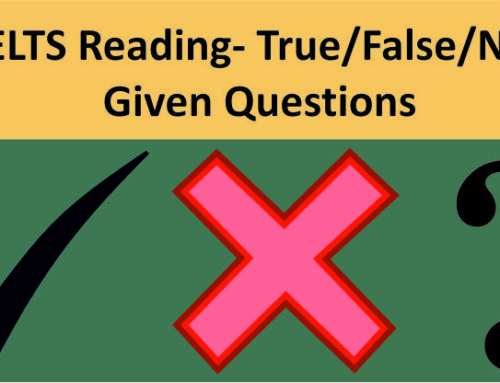Collocations are a combination of two or more words to express your views in a better efficient way. As the word suggests, Co – meaning together and location – meaning place.
It is essential to learn collocation to make your English sound fluent and natural. One of the examples of collocation is “heavy rain” instead of “strong rain”, which conveys the desired message. Hence, the usage of such appropriate words at the right place can help you to convey your message correctly.
There are various patterns of collocations which are as follows
- Verb + Noun (catch a break)
- Verb + Adverb (wave frantically)
- Adjective + Noun (excruciating pain)
- Adverb + Adjective (richly decorated)
- Noun + Noun (a surge of anger)

Using a range of collocations accurately is important in order to receive a higher band for vocabulary in IELTS. Collocations will provide accuracy and lexical range and will show the examiner that you can speak like the native speakers. This can further help you to gain more confidence in your language.

The use of such collocation will show the examiner range of specific words you can use; this will enhance the score in writing as well as speaking. Try to use collocations while speaking and writing.






[…] Collocations –The Way to Boost Your Score in IELTS […]
[…] Collocations –The Way to Boost Your Score in IELTS […]